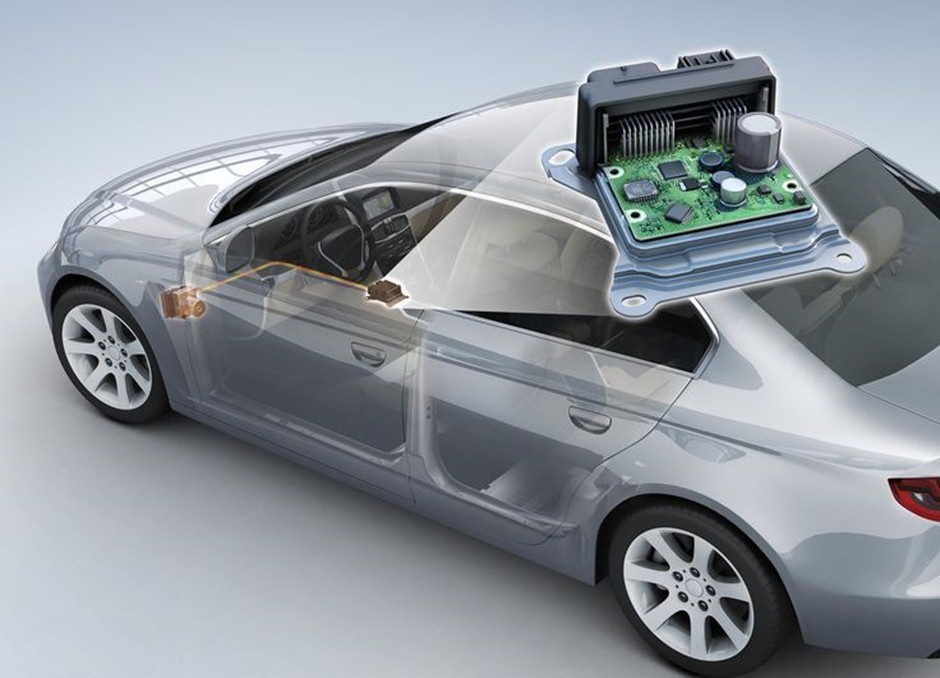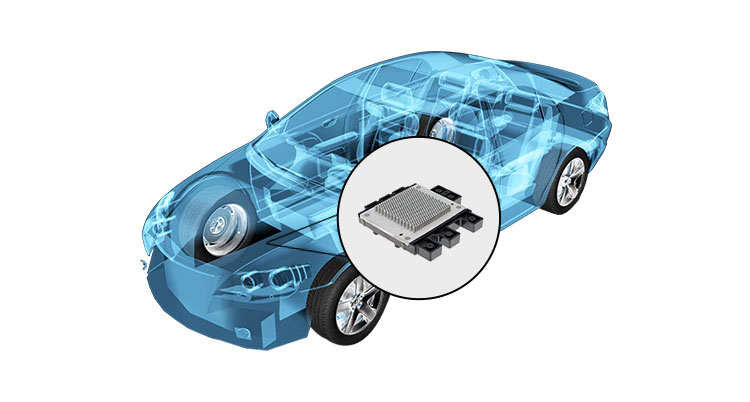At CLcompnay, we got a query from one of our patrons on understanding the workings of ECM and how it can be managed. We thought it right to introduce the subject to the greater good of all the automobile aficionados. So here we go with CLcompany’s take on understanding ECM, the brain of the Car’s Engine.
The Electronic Control Module (ECM) is a pivotal component in modern vehicles, often referred to as the brain of the car’s engine management system. This sophisticated device controls and monitors various engine functions, ensuring optimal performance, efficiency, and emissions control. In this article, we will delve into the origins, functionality, benefits, lifespan, repair ability, and best practices for maintaining an ECM.
What is an ECM?
An ECM, or Engine Control Module, is an embedded system in automotive electronics that manages one or more of the electrical systems or subsystems in a vehicle. It collects data from various sensors, processes this information, and makes real-time adjustments to the engine’s operation to ensure it runs efficiently and effectively. The ECM controls critical functions such as fuel injection, ignition timing, and emission controls.

The Start of Using ECMs
The use of ECMs in vehicles began in the late 1970s and early 1980s, driven by the need for better fuel efficiency and stricter emission regulations. Early ECMs were relatively simple, controlling only a few engine functions. However, advancements in microprocessor technology and automotive engineering have led to the development of highly sophisticated ECMs that manage a wide array of engine parameters. Earlier it started with one Electronic Control Module for the engine and today multiple component ECUs are talking to each other and the number could be about 20 or more in a modern high-end car.
Functional Aspects of ECM
The ECM performs several key functions:
- Fuel Injection Control: It determines the optimal amount of fuel to inject into the engine cylinders based on data from sensors such as the oxygen sensor and mass airflow sensor.
- Ignition Timing: The ECM adjusts the timing of the spark plugs to ensure efficient combustion.
- Emission Control: It monitors and controls the emission systems to reduce pollutants.
- Idle Speed Control: The ECM maintains a stable idle speed by adjusting the throttle position or idle air control valve.
- Variable Valve Timing: In some advanced engines, the ECM controls the timing of the intake and exhaust valves to improve performance and efficiency.
Benefits of ECM
The integration of ECMs in vehicles offers numerous benefits:
- Improved Fuel Efficiency: By precisely controlling fuel injection and ignition timing, the ECM helps maximize fuel economy.
- Enhanced Performance: The ECM optimizes engine performance under various driving conditions.
- Reduced Emissions: ECMs play a crucial role in meeting stringent emission standards by controlling the combustion process and exhaust systems.
- Diagnostic Capabilities: Modern ECMs can store diagnostic trouble codes (DTCs) that help technicians identify and fix issues quickly.
Life of an ECM
The lifespan of an ECM can vary depending on several factors, including the vehicle’s make and model, driving conditions, and maintenance practices. Generally, an Electronic Control Module can last the lifetime of the vehicle, but it is not uncommon for ECMs to fail due to electrical issues, environmental factors, or manufacturing defects.
Can ECM be repaired?
In many cases, a malfunctioning ECM can be repaired. Common issues such as damaged circuit boards, faulty sensors, or software glitches can often be fixed by specialized technicians. However, in some instances, the Electronic Control Module may need to be replaced entirely. It is essential to diagnose the problem accurately before deciding on repair or replacement.

Good Practices to Extend the Life of an ECM
To ensure the longevity of your vehicle’s Electronic Control Module, consider the following best practices:
- Regular Maintenance: Keep up with scheduled maintenance, including oil changes, air filter replacements, and spark plug inspections.
- Protect from Moisture: Ensure that the ECM and its connectors are protected from water and moisture, which can cause corrosion and electrical shorts.
- Avoid Electrical Surges: Be cautious when jump-starting your vehicle or installing aftermarket electronics to prevent voltage spikes that can damage the ECM.
- Use Quality Parts: When replacing sensors or other components, use high-quality, OEM parts to ensure compatibility and reliability.
Conclusion
The Electronic Control Module is an indispensable component of modern vehicles, playing a critical role in engine management and performance. Understanding its functions, benefits, and maintenance practices can help vehicle owners ensure their ECM operates efficiently and lasts longer. As automotive technology continues to evolve, the Electronic Control Module will remain a cornerstone of vehicle innovation, driving improvements in efficiency, performance, and emissions control.
Fascinated by old Stars. You have reached your destination. At CLcompany we have curated pictures, write-ups, and more about the legendary journey of Cars. If you are looking to share your thoughts on Classic Cars, do check out writer’s section on CLcompany website.
Share the passion with the world.

